The iPhone 8 will have a sharper screen: here is the most likely resolution
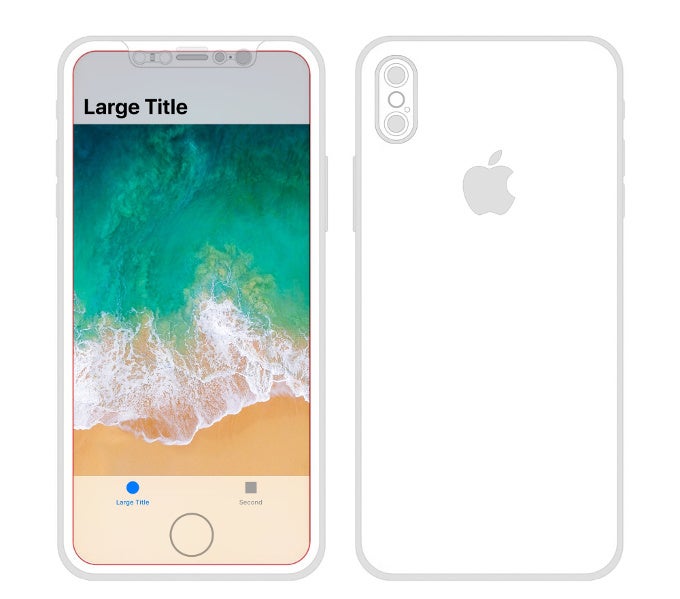
This is what the iPhone 8 could look like
Back in February, the first major leak about the iPhone 8 appeared. KGI Research analyst Ming Chi-Kuo, known for his connections in the Asian supply chain, published a report revealing that the iPhone 8 will cost more than $1,000 and provided the first illustrative drawings of the new device.
All leaks point to a new and sharper iPhone resolution
Just recently, however, Apple accidentally released an unredacted build of HomePod's version of iOS, and it contained some enlightening new details about the iPhone 8. First, we got a codename: D22 for the iPhone 8, with D20 and D21 being the codenames for the successors to the iPhone 7 and 7 Plus. But also we got to see a very interesting tid-bit about the iPhone 8 screen and its likely resolution: the new OS would support an iPhone with a hardware resolution of 1125 x 2436 pixels. Earlier, Ming Chi-Kuo claimed the iPhone 8 resolution would be 1242 x 2208 pixels. So which one is true?Daring Fireball's John Gruber chimes in with an analysis of all the information available out there and here is the summary of what the iPhone 8 display will look like according to all the latest evidence:
| Apple iPhone 8 display info | |
| Aspect ratio | 2.17:1 |
| Display size | 5.8 inches |
| Resolution | 1125 x 2436 pixels |
| Pixel density | 462 pixels per inch |
| Scaling | 3x 'true' Retina |
As you can see, the leak that comes from Apple itself only contains references to a 1125 x 2436 pixel resolution, and has no reference to a 1242 x 2208 pixel resolution. There are a few other important objections to that earlier theory, but let's first take a look at how Apple handles different resolutions.
Apple works with points, not just pixels when it refers to display elements in code. That means that elements like the iOS navigation bar, iOS icon size and others are consistent in terms of their actual size on everything from the original iPhone to the iPhone 4 to the iPhone 6/6s/7 and the iPhone SE. These are all iPhones except the Plus sized ones, where things are very slightly bigger. All those sizes are expressed in points, not in pixels and this is one important distinction.
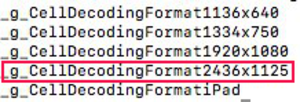
Leak from HomePod iOS software
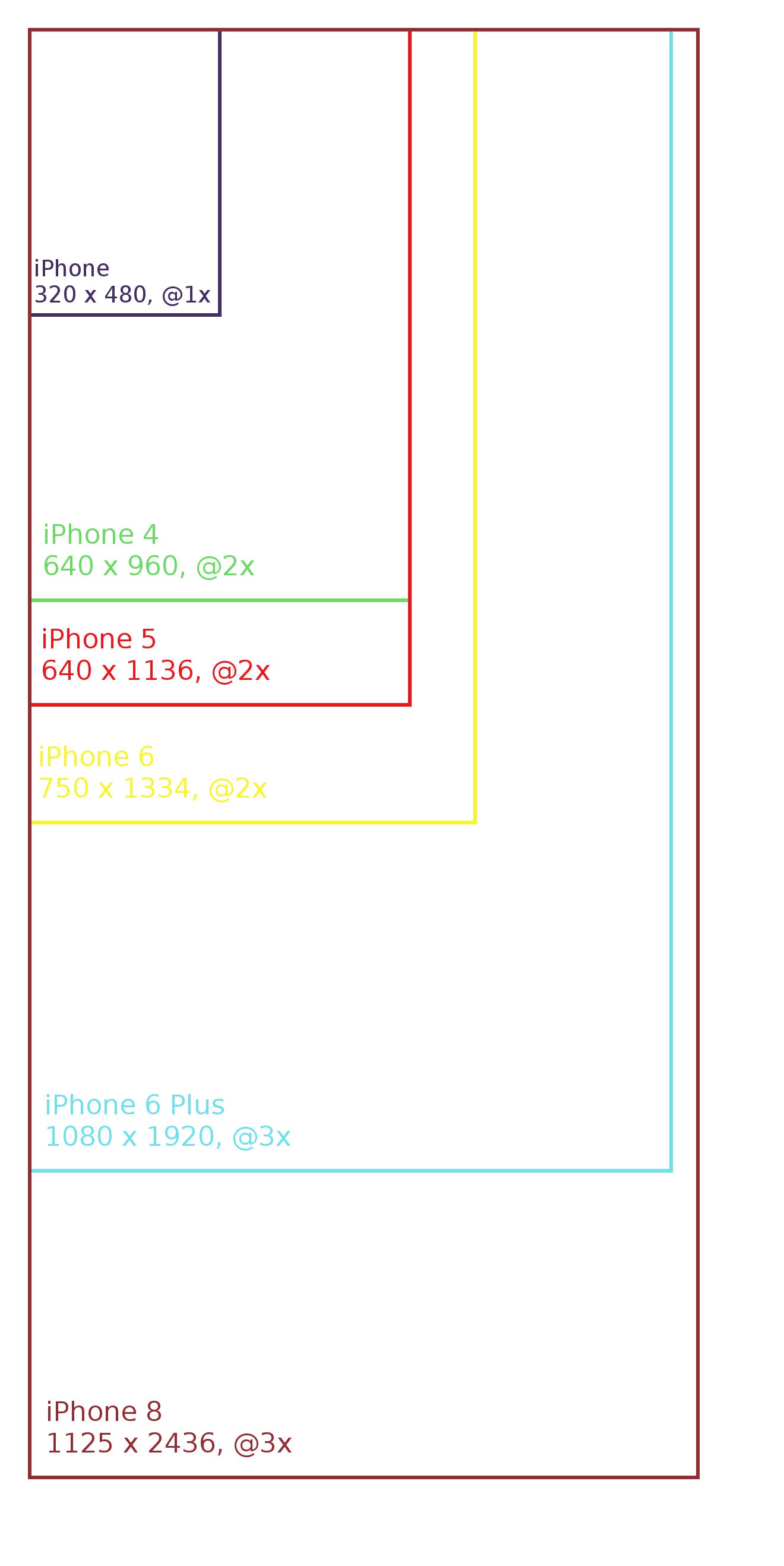
iPhone resolutions
The Plus sized iPhones were introduced later and differ slightly: they use their larger screen not only to fit more content, but also to make everything on the screen a bit larger. Larger things are easier to tap on and larger text is easier to read. The Plus sized iPhones have a slightly different base of 154 points per inch. Less points per inch means a bigger size for individual elements. It's worth noting that Plus sized iPhones use 3x times scaling, or even more detailed images.
An interesting detail is that all elements for the Plus sized iPhones are drawn targetting an actual resolution of 1242 x 2208 virtual pixels. This is to simplify things: it allows developers to use images scaled at exactly 3x times. This, however, is a slightly larger size than the physical resolution of the display (1080 x 1920 pixels), which forces Apple to do a slight downscaling.
Here is all of that in a single table:
| Device | Points | Pixels | Scale | Base PointsPI | Virtual PointsPI | Physical Pixels | Physical Pixels Per Inch | Size |
| iPhone 8 | 812x375 | 2436x1125 | 3x | 154 | 462 | 2436x1125 | 462 | 5.8" |
| iPhone 6/6s/7 Plus | 736x414 | 2208x1242 | 3x | 154 | 462 | 1920x1080 | 401 *downscaling | 5.5" |
| iPhone 6/6s/7 | 667x375 | 1334x750 | 2x | 163 | 326 | 1334x750 | 326 | 4.7" |
| iPhone 5/5s | 568x320 | 1136x640 | 2x | 163 | 326 | 1136x640 | 326 | 4.0" |
| iPhone 4/4s | 480x320 | 960x640 | 2x | 163 | 326 | 960x640 | 326 | 3.5" |
| iPhone OG/3G/3GS | 480x320 | 480x320 | 1 | 163 | 163 | 480x320 | 163 | 3.5" |
It's logical for Apple to do a similar trick with the new iPhone 8 by introducing a screen with a 3x the pixel density. And there are two likely options using the regular iPhone's 163 points per inch base value, or using the Plus sized models' 154 points per inch base value. The latest leaks all suggest that the new iPhone 8 is using the 154 points per inch as base, and then sticks with 3x scaling to get to a pixel per inch density of 462.
Put simply, all of the pieces of the puzzle come together and point that the new iPhone 8 display will have the following parameters:
5.8 inches, 2436 × 1125, 462 PPI, true @3x retina with no scaling
Of course, only time will tell whether all those calculations are true, but this is what all leaks and rumors so far suggest.
source: Daring Fireball, Steven Troughton Smith
Follow us on Google News



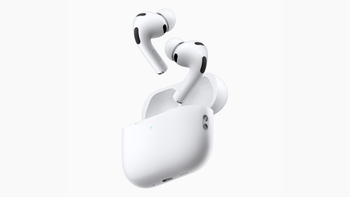



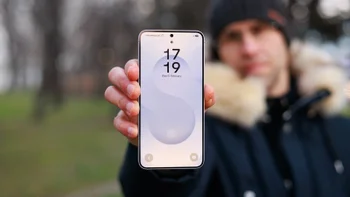
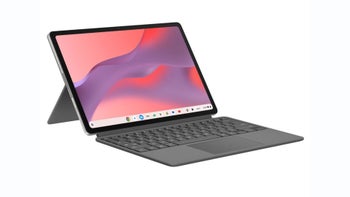



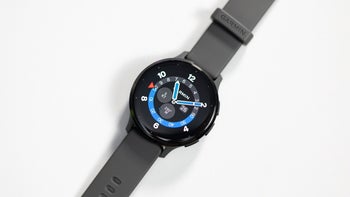
Things that are NOT allowed:
To help keep our community safe and free from spam, we apply temporary limits to newly created accounts: